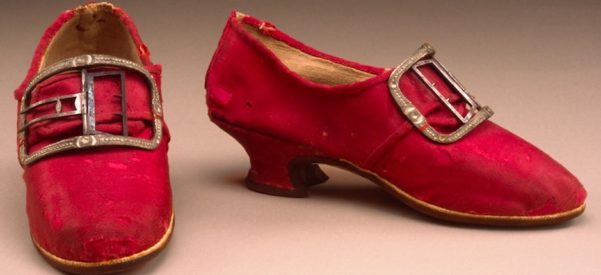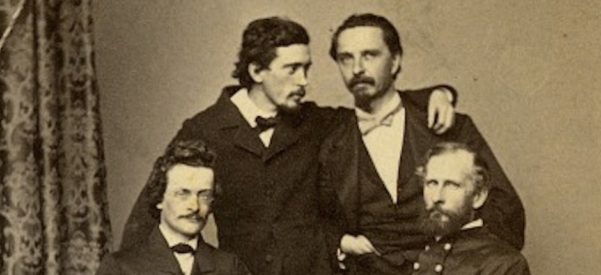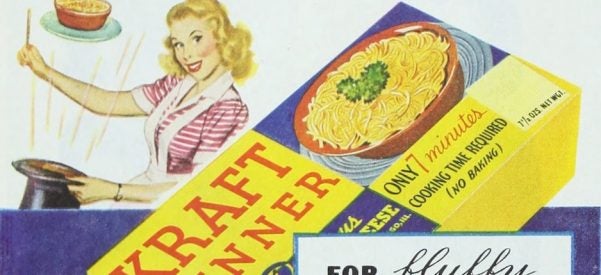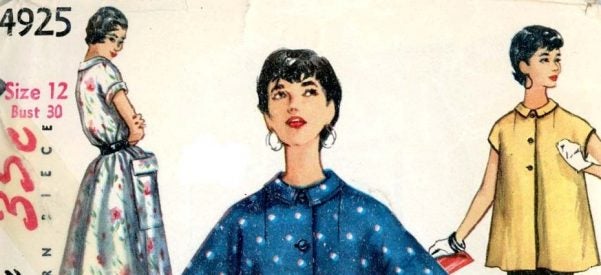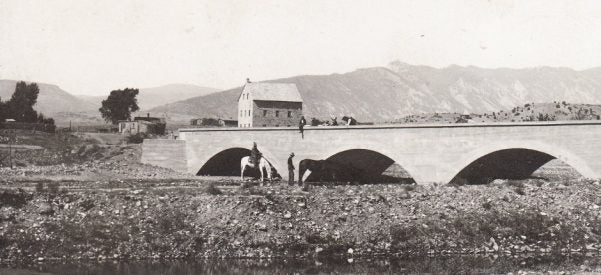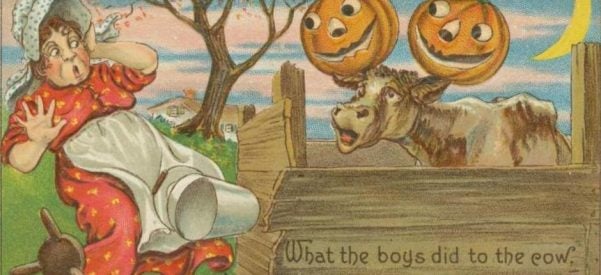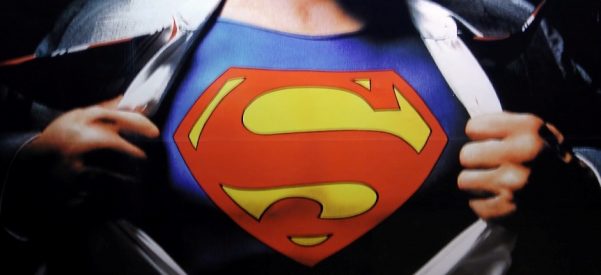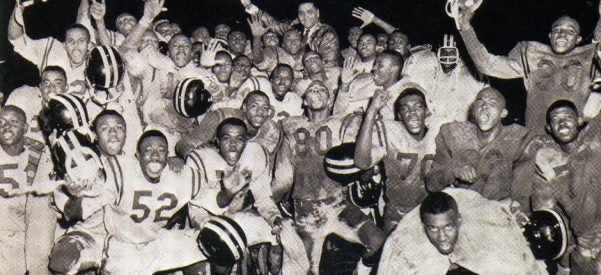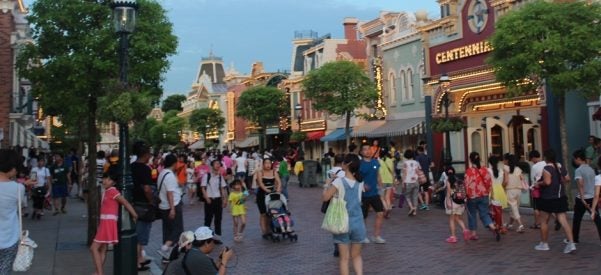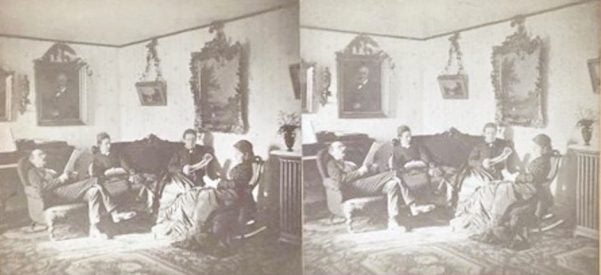Explore
: what it means to be american
Calamanco Footwear Was Sturdy, Egalitarian, and Made in the USA
by Kimberly Alexander
November 7, 2019
If you were a wealthy or middle-class woman living in British America around the time of the Revolution, you probably owned a pair of calamanco shoes. Like sneakers or black pumps today, calamancos were the everyday footwear of early American life: practical clothing items that can reveal a great deal about the day-to-day lives—and aspirations—of their owners.
But first, what was calamanco, this special item coveted by women of wealth and women of the middling sort? Calamanco (also spelled callimanco, …
Read More >
At the Smithsonian, William Stimpson Created a New American Scientific Culture Around the Megatherium Club
by Ron Vasile
September 4, 2019
In some respects, Washington, D.C., in the 1850s was an unlikely place to usher in a golden age of American natural history. Philadelphia and Boston had long been the traditional centers of American science, with the founding of the Academy of Natural Sciences of Philadelphia in 1812 and the Boston Society of Natural History in 1830. The nation’s capital was still viewed as a provincial Southern town. The Smithsonian Institution, founded in 1846 after a bequest by British chemist and …
Read More >
Popularized by Thomas Jefferson, This Versatile Dish Fulfills America's Quest for the 'Cheapest Protein Possible'
By Gordon Edgar
May 24, 2018
Being a judge at a macaroni and cheese competition in San Francisco taught me a lot about American food. The competitors were mostly chefs, and the audience—the online tickets sold out in minutes—was soaking up the chance to be at a “Top Chef” kind of event, but more urban and cool. The judges included a food writer, an award-winning grilled-cheese-maker, and me, a cheesemonger.
We awarded the win to a chef who made mac and cheese with an aged Vermont …
Read More >
From the Mid-1800s Onward, an Ethic of Thrift and Ingenuity Was Woven Into American Clothing
By Joy Spanabel Emery
December 4, 2017
In 1928, when President Calvin Coolidge visited Chicago, the ladies of a Presbyterian church presented him with a set of pajamas made from flour sacks dyed lavender and finished with silk frogs and pearl buttons in appreciation of his program on economy and thrift.
It seems surprising now, but once the use of cloth feed bags for clothing and household items was a part of mainstream rural American culture—related to a long practice of utilizing all resources that is deeply …
Read More >
A System Inherited From Colonial Spain Kept Americans in Servitude Even After the Civil War
By William S. Kiser
November 2, 2017
Imagine a time and place where a small debt—even just a few dollars—could translate into a lifetime of servitude not only for the debtor, but also for his or her children. For much of the 19th century, the American Southwest was just such a place. There, a system commonly called debt peonage relegated thousands of men, women, and children to years of bondage to a master.
This system of unfree labor came into existence in the 1700s, when the region was …
Read More >
Nineteenth-Century Urbanization Unleashed the Nation's Anarchic Spirits
By Lesley Bannatyne
October 26, 2017
Imagine. Pre-electricity, no moon. It’s late October, and the people whisper: This is the season for witchery, the night the spirits of the dead rise from their graves and hover behind the hedges.
The wind kicks up, and branches click like skeletal finger bones. You make it home, run inside, wedge a chair against the door, and strain to listen. There’s a sharp rap at the window and when you turn, terrified, it’s there leering at you—a glowing, disembodied head …
Read More >
Rarely an Agent of the Government, Superman Defended the 'American Way' Through Simple Decency and Acts of Charity
By Ian Gordon
October 23, 2017
I can’t really remember when I first encountered Superman. It might have been through the 1950s television series The Adventures of Superman, or it might have been in a Superman comic book—not an American comic book, but a black and white reprint, by the Australian publisher K. G. Murray.
Growing up in Australia, I learned the basic stories of American history from the pages of these Superman comics. I read about the Boston Tea Party; Nathan Hale’s patriotism; Washington crossing …
Read More >
Why the Lone Star State Has Forgotten Its Proud Tradition of African-American High School Football
By Michael Hurd
October 19, 2017
I had only been in and out of Houston since leaving our Sunnyside neighborhood on the city’s southeast side, in 1968, to begin eight years of Air Force service. Whenever I returned, I made only casual note of neighborhood and city changes, such as the sad state of the mom-and-pop “candy store” where we used to hang out after school, now boarded up, or a new skyscraper for a Houston skyline dotted with cranes, or another congested freeway opened to …
Read More >
From Nathaniel Hawthorne to Disneyland, the Concept Has Represented Both the Experimental and the Conventional
By Miles Orvell
October 16, 2017
In the United States, Main Street has always been two things—a place and an idea. As both, Main Street has embodied the contradictions of the country itself.
It is the self-consciousness of the idea of Main Street—from its origins in a Nathaniel Hawthorne sketch of New England, to Walt Disney’s construction of a Main Street USA, to the establishment of ersatz Main Streets in today’s urban malls—that makes it so essentially American. Main Street has been used in myriad …
Read More >
From Log Cabins to Gilded Age Mansions, How You Lived Determined Whether You Belonged
By Richard White
September 11, 2017
Like viewers using an old-fashioned stereoscope, historians look at the past from two slightly different angles—then and now. The past is its own country, different from today. But we can only see that past world from our own present. And, as in a stereoscope, the two views merge.
I have been living in America’s second Gilded Age—our current era that began in the 1980s and took off in the 1990s—while writing about the first, which began in the 1870s and continued …
Read More >


